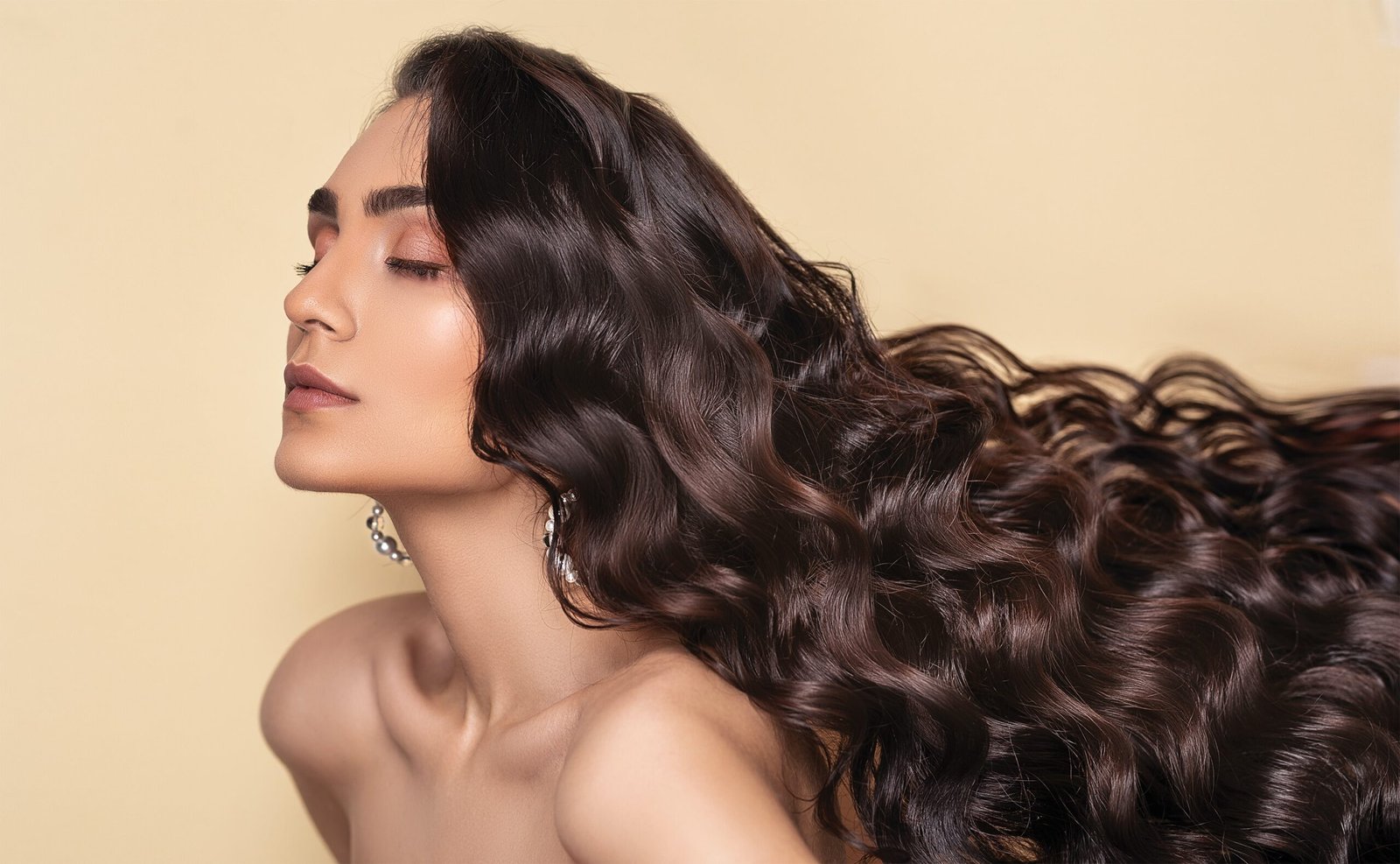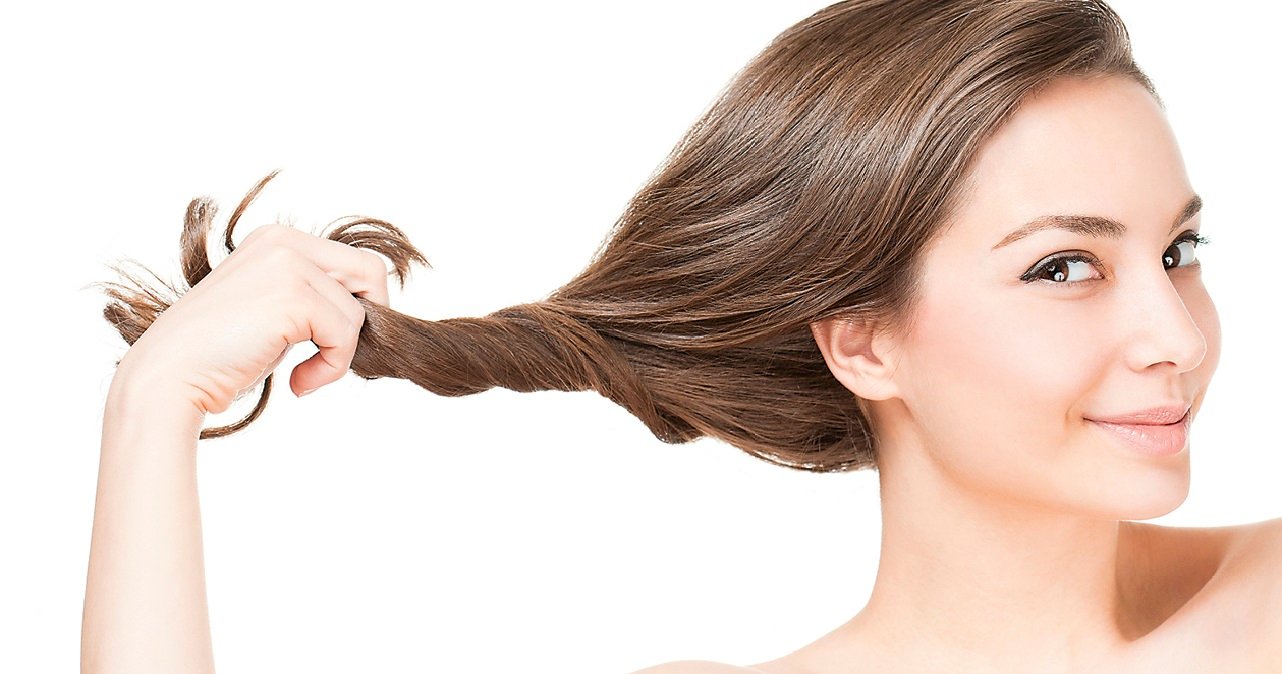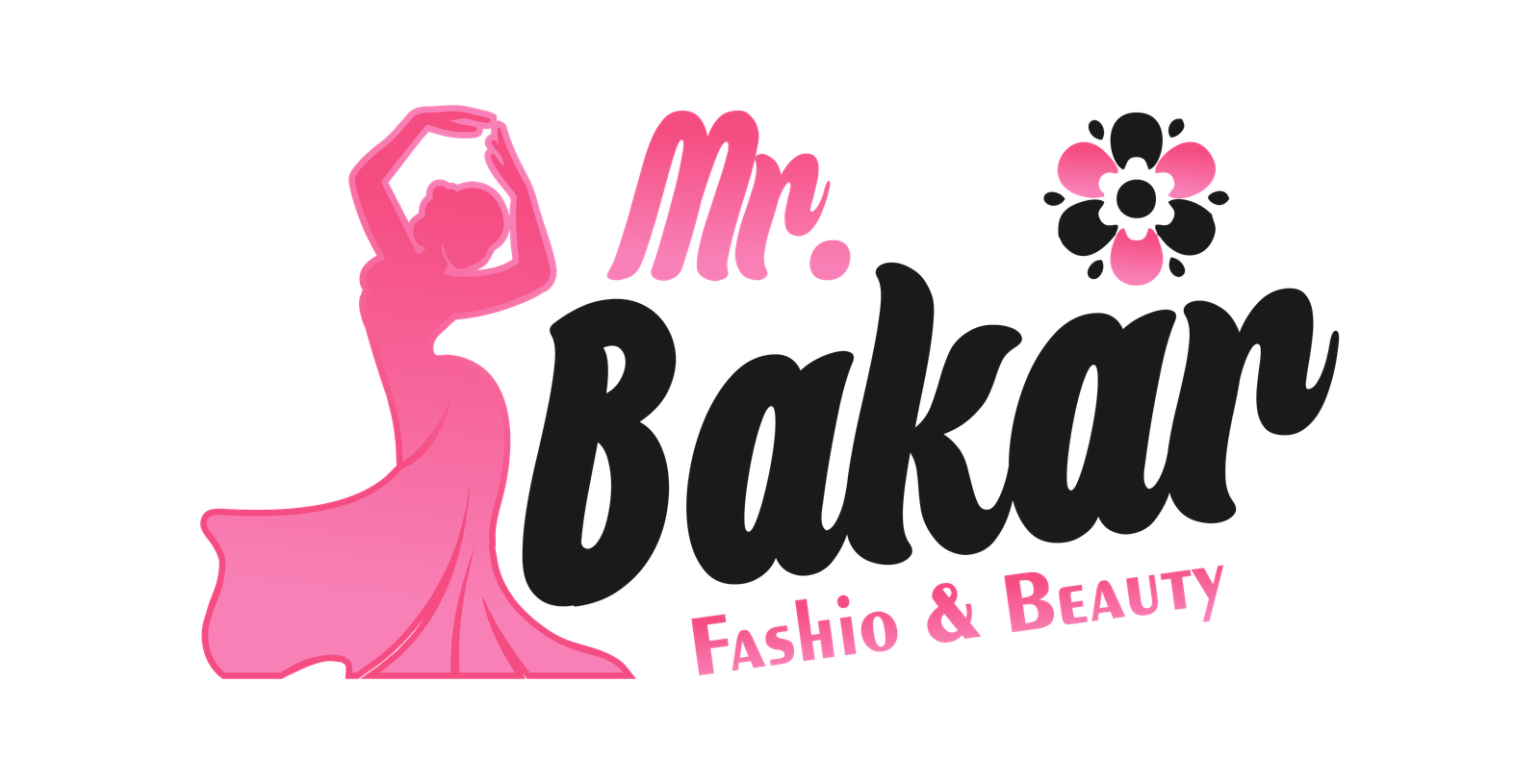Introduction Haircare tips
Having great hair is not just about getting the perfect cut or colour.It doesn’t matter what type of hair you have – straight, curly, dry, oily, coloured, or damaged – there are always tips and tricks that can help maintain the health and beauty of your mane. This blog post contains our favourite haircare advice for each type so you can keep your tresses looking their best. So take a second to relax and prepare to learn how to give your hair the care it deserves!

Normal hair
Normal hair is the holy grail of hair types. It’s the type that everyone wants, but not everyone has. Normal hair refers to hair that is well-balanced in terms of oiliness and dryness, making it easy to manage and style. However, just because you have normal hair doesn’t mean you can skip out on taking care of it.
The first step in caring for normal hair is to establish a good cleansing routine. Shampoo your hair once or twice a week with a gentle shampoo that won’t strip your strands of their natural oils. Follow up with a conditioner to keep your locks hydrated and healthy-looking.
In addition to regular cleansing, using heat-protectant products when styling your tresses will help prevent damage from hot tools like blow dryers or straightening irons. Regular trims every six weeks will also prevent split ends from forming, which can lead to damaged strands over time.

If you’re looking for an extra boost of shine and lustre – try incorporating a weekly deep conditioning treatment into your routine! This will nourish your locks from root to tip, leaving them looking soft and shiny all week long!
Oily hair
Oily hair is a common issue that can be attributed to genetics, hormonal changes, and poor nutrition. It can feel greasy and heavy even after cleansing.
Frequent washing can help manage oily hair, but be aware that overdoing it can strip your scalp of natural oils and only compound the issue. Additionally, watch out for heavy conditioners or styling products that could further increase grease levels in your locks.
Another helpful tip for managing oily hair is to use dry shampoo between washes. This product soaks up excess oil and gives your hair a fresh look without stripping away natural oils.
When styling your oily hair, opt for lightweight products that won’t weigh down your strands or add extra grease. Avoid touching your scalp too much as this can transfer oil from your hands onto your roots.
Managing oily hair requires a combination of proper hygiene habits and the right selection of products suited for this specific type of issue.
Dry hair
Many people suffer from dry hair, particularly during the winter months when heaters and low humidity can further damage it. Learning how to take proper care of your hair is essential to protect it.
Maintaining dry hair requires specialised shampoo and conditioner that are specifically formulated to restore moisture. Ingredients like coconut oil or shea butter are excellent for nourishing your locks.
Another important aspect of caring for dry hair is limiting heat styling as much as possible. Heat tools can cause even more damage and leave your locks looking dull and lifeless. If you must use heat, always apply a protective spray beforehand.
Regular deep conditioning treatments are also essential when dealing with dry hair. A weekly mask or oil treatment will help replenish moisture and improve overall texture.

Don’t forget about your diet! Eating foods rich in healthy fats like avocado or salmon can help nourish your strands from within and promote shine and strength.
Damaged hair
Damaged hair is a common problem caused by excessive use of heat styling tools, chemical treatments, and environmental factors such as pollution and UV rays. Damaged hair can be characterized by split ends, breakage, dullness, and lack of hydration.
To prevent further damage to your hair, it’s important to avoid using hot tools frequently. If you must use them, apply a heat protectant spray before styling. Additionally, avoid brushing wet hair as it’s more vulnerable to breakage.
One simple remedy for damaged hair is regular trimming of the split ends every six weeks or so. This prevents the damage from spreading up the shafts of your strands.
Using a deep conditioning treatment once a week will also help restore moisture back into your locks and repair any existing damage. It’s best to choose products that contain natural ingredients like avocado oil or keratin.
Another way to protect damaged hair is by avoiding excessive washing with harsh shampoos that strip away natural oils from the scalp. Instead, opt for sulfate-free shampoos specifically designed for damaged hair which are gentler on your strands.
By implementing these tips consistently in your routine, you’ll see an improvement in the overall health and appearance of your mane over time!
Coloured hair
Over time, coloured hair has become a way for people to express themselves. Despite this, it’s important to take care of your hair in order to prevent any possible damage from developing. To help keep your hair looking vibrant and healthy, here are some tips:
Firstly, invest in a shampoo and conditioner specifically designed for coloured hair. These products contain ingredients that help lock in colour while also nourishing the strands.
It’s important to avoid using hot tools such as straighteners or curling irons frequently as they can cause further damage to already fragile coloured strands. Additionally, protect your hair from sun exposure by wearing a hat or applying a UV protectant spray.
Deep conditioning treatments should be incorporated into your routine weekly as they provide essential moisture and nutrients to keep your locks looking vibrant and healthy.
Try not to wash your hair every day as this strips away natural oils, which contribute towards healthier-looking locks. Instead, aim for washing two-three times per week with lukewarm water rather than hot water, which again will strip away natural oils, causing more harm than good.
By following these simple tips, you’ll be able to flaunt those beautiful coloured locks without having to suffer from any damage!
Curly hair
Curly hair can be a blessing and a curse all at once. It looks fun and playful and adds volume to your hair, but it also takes more time and effort to maintain compared to straight or normal hair types.
One thing you need to understand about curly hair is that it tends to be dry. Because of its coiled shape, the natural oils from the scalp have a harder time making their way down the strands of your hair. This results in frizz and tangles, which can be frustrating when trying out different hairstyles.
To combat this issue, consider using sulfate-free shampoos with moisturizing ingredients like shea butter or coconut oil. These products help lock in moisture without stripping away any essential oils from your scalp.
Another great tip for managing curls is avoiding heat-styling tools as much as possible. Heat has a tendency to damage curly locks causing them to lose shape and bounce over time. Instead, opt for air-drying techniques such as diffusing or plopping, which enhance natural curl patterns without adding extra heat stress on your strands.
Make sure you invest in quality wide-tooth combs or detangling brushes specifically designed for curly hair types. These tools help minimize breakage while easing through knots gently, giving you soft, defined curls every time!

Straight hair
Straight hair can be both a blessing and a curse. It looks sleek and polished when styled properly, but it can also easily become limp and lifeless. To keep straight hair looking its best, there are some key tips to follow.
Firstly, it’s important to choose the right products for your hair type. Look for shampoos and conditioners that are formulated specifically for straight hair. These products will help to add volume and shine without weighing your locks down.
Another tip is to avoid using too much heat on your hair. Straightening irons and blow dryers can cause damage over time, making your strands look dull and unhealthy. If you do use these tools, make sure always to apply a heat protectant spray beforehand.
In addition to product selection and heat styling techniques, regular trims are also essential for maintaining healthy straight locks. By getting rid of split ends regularly, you’ll ensure that your hair stays strong from root to tip.
Try experimenting with different styles! While straight hairstyles may seem limited at first glance, there are actually many ways to switch up your look – from adding in subtle waves or braids to opting for an asymmetrical cut or blunt bangs.
Conclusion
Maintaining a healthy haircare routine is essential for all types of hair. Understanding the specific needs and characteristics of your hair type can help you choose the right products and treatments to keep it looking its best.
For normal hair, using gentle shampoos and conditioners along with regular brushing can help maintain its natural shine and volume. For oily hair, washing frequently with clarifying shampoos and avoiding heavy styling products can help reduce excess oil production. For dry or damaged hair, deep conditioning treatments, leave-in conditioners, and heat protectants are crucial to restore moisture and prevent further damage.
Coloured hair requires special care to maintain vibrancy while minimizing damage from chemical processes. Avoiding sulfates in shampoo, using colour-protective products, and limiting heat styling can help preserve color while keeping the strands healthy.
Curly or straight hair also have unique requirements for maintaining their texture. For curly locks, co-washing (washing with only conditioner), and detangling gently with a wide-tooth comb or fingers after showering helps minimize frizz while retaining curls’ shape. Straight hairs require less frequent washing than other types; however, brushing often during showering helps distribute natural oils evenly throughout strands.
Taking care of your tresses should be an important part of your daily self-care routine. Knowing what works best for different types will make this process more manageable—allowing one to achieve healthier-looking locks that complement their individual styles!






